This analysis has also revealed that the exoplanet LHS 3844b also does not have an atmosphere
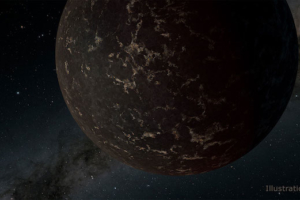 Deep Space
Deep Space

 Deep Space
Deep Space
This analysis has also revealed that the exoplanet LHS 3844b also does not have an atmosphere
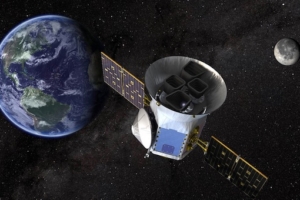 Space Exploration
Space Exploration
Launched in 2018, the Transiting Exoplanet Survey Satellite, or TESS, has found three new worlds around a neighbouring star
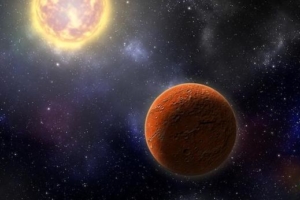 Deep Space
Deep Space
In the same system as this exciting Earth-like exoplanet, a sub-Neptune-sized planet was discovered too
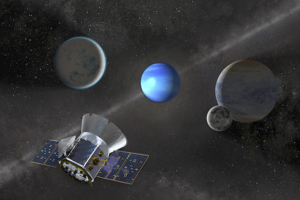 Deep Space
Deep Space
From its first data set, astronomers have already discovered new and exciting exoplanets and pivotal distance-measuring supernovae
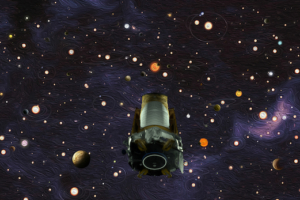 Space Exploration
Space Exploration
The space telescope has ran out of the fuel needed to advance on its already-impressive nine years of service
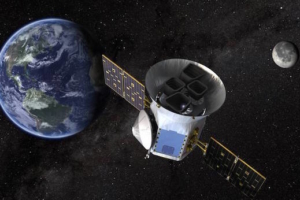 Deep Space
Deep Space
NASA’s Transiting Exoplanet Survey Satellite (TESS) is now providing valuable data to help scientists discover and study exciting new exoplanets, or planets beyond our Solar System
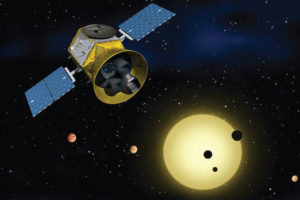 Space Exploration
Space Exploration
Wherever you are in the world, don’t miss the blast off of the Transiting Exoplanet Survey Satellite (TESS) by tuning into our livestream
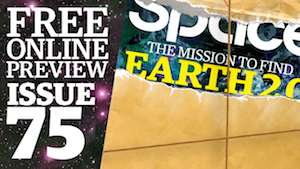 News
News
Uncover why our chances of finding another habitable world are better than ever in the latest issue, available now from all good supermarkets and newsagents
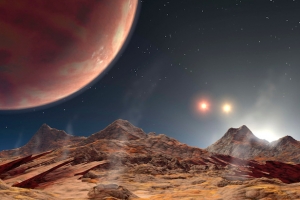 News
News
The phenomenon has only been documented a few times before
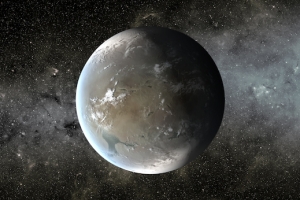 Deep Space
Deep Space
We spoke to Professor Abel Méndez at the Planetary Habitability Laboratory at the University of Puerto Rico at Arecibo, to learn more about the potential for life on super-Earths
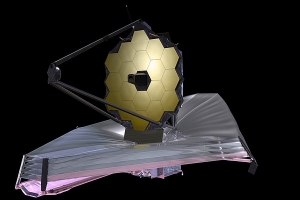 Space Exploration
Space Exploration
What are the key differences between two of NASA’s yet-to-be-launched missions?